Advanced 3D Art
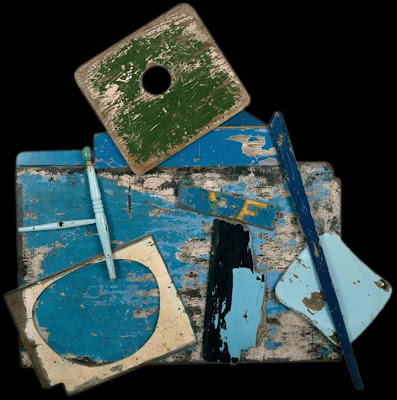
Margaret Mellis, 'F', 1997
This will be your next project. You will create an abstract relief sculpture. It will be an assemblage sculpture, made largely out of wood. Today's blog post will introduce you to this project.
Please read this blog post and look at the pictures. Then, complete today's online assignment by answering the questions below (farther down, near the bottom of this post).
(Note: you will receive an handout with specific instructions for making your sculpture.)
First, let's review some terms:
Abstract art: pictures or sculptures that may be based on actual objects, but where the objects have been simplified, stylized, distorted, or otherwise altered to the point where they may become difficult or impossible to recognize. (The term abstract art is also sometimes used to describe non-objective art-- see below.)
Non-objective art: pictures or sculptures that do not have any recognizable objects whatsoever. Non-objective art frequently focuses on things like color, shape, texture, and so forth.
Relief: sculpture that is attached to and projects outward from a wall or panel.
There are three kinds of relief sculpture— low, high, and sunken. Low relief projects only slightly from its background; high relief projects farther out from its background. Sunken relief does not project at all—instead, shapes and forms are defined by carving into the surface. Some of the earliest forms of sculpture involve carving into various surfaces made of stone.
Assemblage: a type of modern sculpture where a number of objects and/or materials are combined and "assembled" to create a work of art. Objects/materials are often "found", but materials can also be things like wood that is cut to a particular size and shape.
A few historical examples of relief sculpture
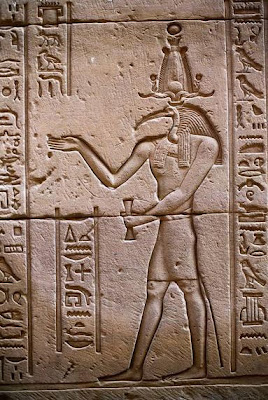
Ancient Egypt, c.1500 b.c.
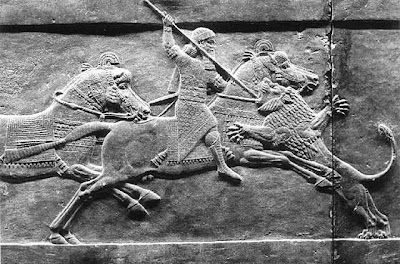
Assyrian Empire (Iraq), 665 b.c.

Ancient Greece, c.300 b.c.

Mayan (Mexico), 709 a.d.
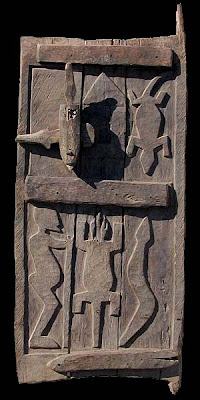
Dogon, Mali (Africa), 19th c.
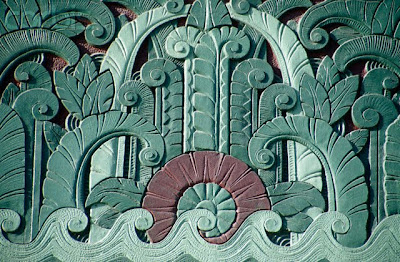
Art Deco relief on a building in Miami, FL, c.1930s
Contemporary (modern) abstract relief sculpture
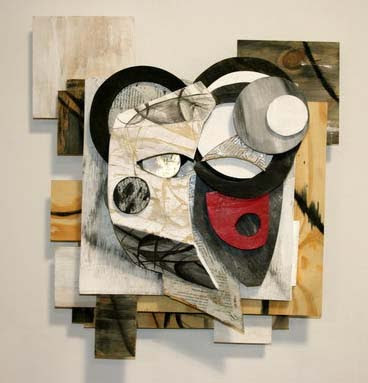
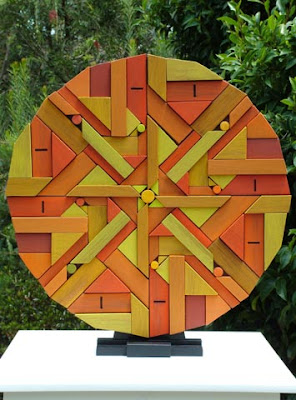
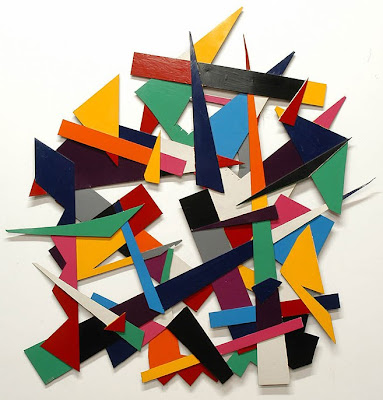
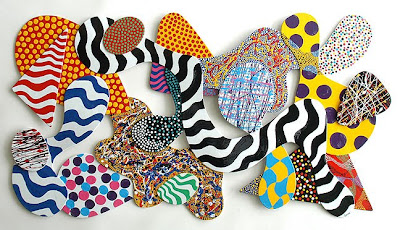

Today's online assignment: we will be focusing on the sculpture of Margaret Mellis. Go to this website, read at least the first paragraph, and look at the images. Then answer the questions below. To answer the questions, make a comment with your answers. Number your answers, and SIGN YOUR NAME if you want to receive credit!
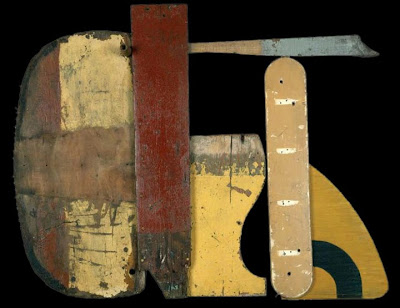
Margaret Mellis, Rust and Yellow, 1990
Questions for today:
1. What materials did Mellis use to create these sculptures? (be specific!)
2. How did she design/create these sculptures?
3. How are the pieces assembled?
4. Look at the picture titled Detail of Studio. What does this picture suggest in regards to the way she made her assemblage sculptures?
5. Select one of the sculptures by Mellis. Give its title and describe it in detail.
Next step: start thinking about what you might do for this project. Note that Margaret Mellis' sculptures are made out of "found" wood, while most of the others shown above are made out of wood that has been cut to size and shape. How might you approach this project? Where could you find some old pieces of wood?
*




